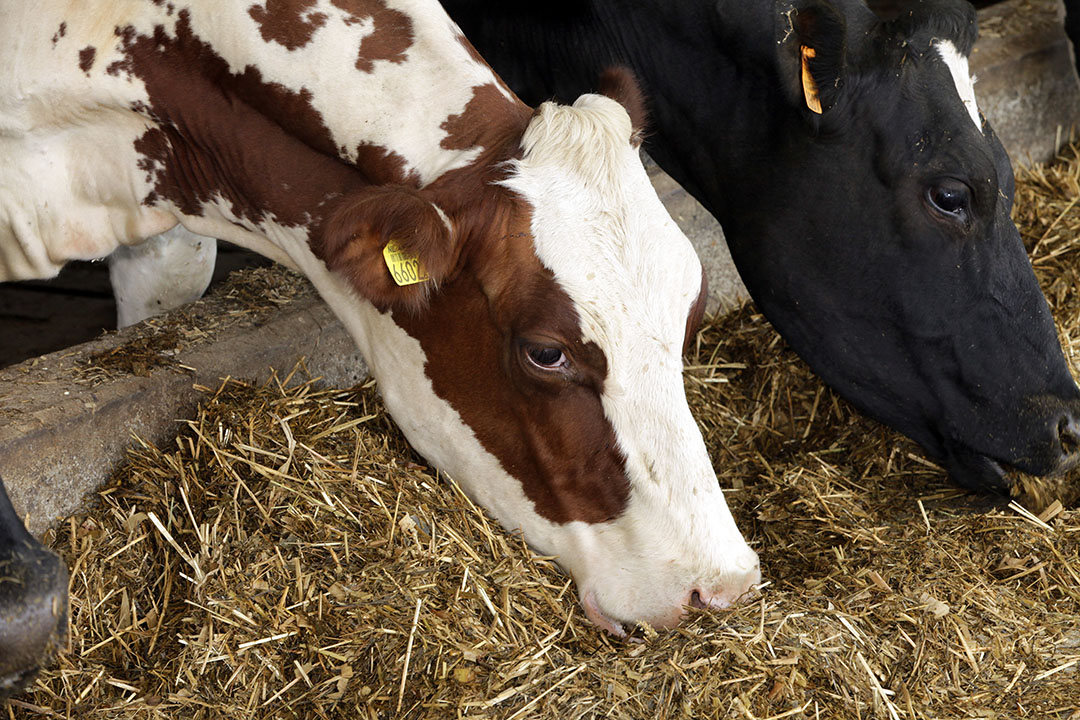Unicellular yeast is a fungus that doesn't reproduce by sensual spore production. Saccharomyces cerevisiae is the most common yeast fed in dairy diets. This facultative anaerobic yeast is often called brewers yeast or bakers yeast.
Live cells and yeast culture mixtures are the most commonly fed yeast to ruminants. A yeast culture is a yeast-fermented product containing live and dead yeast, culture media on which the yeast cells were grown, and metabolic by-products that the yeast produces during fermentation. You can also look for the best yeast for dairy cows via https://www.feedworks.com.au/.

Image Source: Google
Inoculation of culture media with live yeast cells is followed by fermentation and drying of the media. Only live yeast products are made from dried yeasts and mixed with a carrier to aid in feeding. To improve animal performance, yeast is added to daily diets.
Yeast is fed to lactating dairy cattle and results in increased milk production. However, it has been demonstrated that milk fat percentage and dry matter intake have also been improved. Supplementing calves in yeast has been shown to increase body weight and improve health.
Although a number of mechanisms have been suggested, it is unclear how yeast directly affects animal performance and health. These involve alterations in rumen microbial populations, rumen fermentation, and intestinal nutrient flows. A study on dairy cattle feeding yeast has revealed inconsistent conclusions.
Supplementation with yeast in ruminants has moderate benefits on nutrient utilization and rumen fermentation characteristics. It also increases milk production and daily gains.